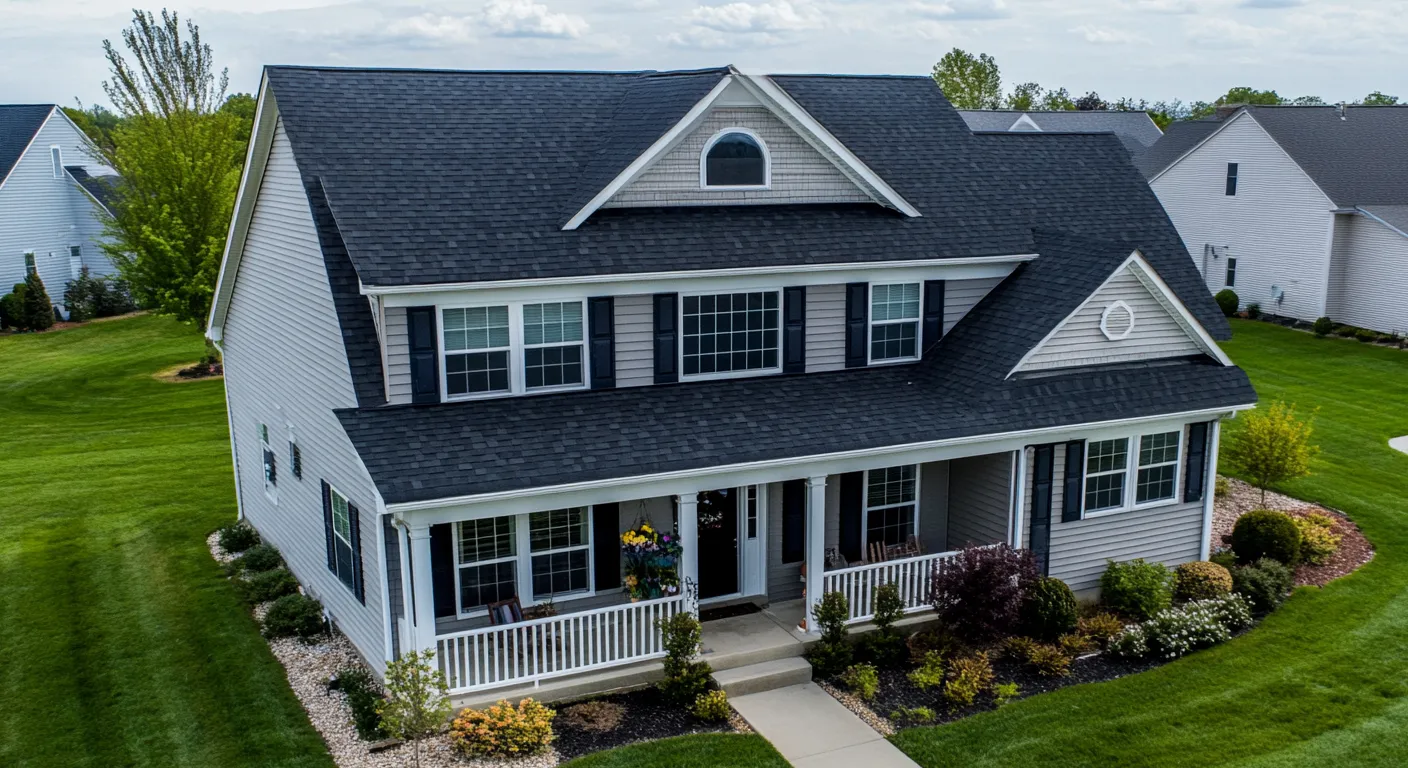Key Residential Roofing Terms to Know
Understanding roofing terminology is essential for homeowners embarking on roofing projects. Whether you’re planning a repair, replacement, or new installation, familiarizing yourself with basic roofing terms can help you make informed decisions and communicate effectively with contractors. Select Pro Contracting, based in Plymouth, MA, offers expert services and guidance to ensure your roofing project runs smoothly.
Why Roofing Terminology Matters
Roofing is more than just shingles—it’s a complex system that protects your home from the elements. Each component plays a critical role in the roof’s functionality, durability, and longevity. Knowing the key terms enables homeowners to:
- Understand Proposals: Review quotes with confidence.
- Spot Issues: Identify potential problems during inspections.
- Ensure Quality Work: Confirm contractors follow best practices.
Essential Roofing Terms You Should Know
1. Underlayment
The underlayment is a water-resistant or waterproof layer installed between the roof deck and shingles. It acts as a secondary barrier against moisture, protecting your home from leaks.
- Types:
- Asphalt-saturated felt (traditional but less durable).
- Non-bitumen synthetic (lightweight and tear-resistant).
- Rubberized asphalt (premium and waterproof).
2. Flashing
Flashing consists of thin metal sheets or flexible materials installed around vulnerable areas such as chimneys, vents, skylights, and valleys. Its purpose is to prevent water from penetrating the roof.
- Common Types:
- Step flashing: Used along walls.
- Valley flashing: Protects roof valleys.
- Pipe boots: Seals around vent pipes.
3. Ridge Vent
A ridge vent is installed along the roof’s peak to allow hot air to escape from the attic. It plays a crucial role in maintaining proper ventilation and preventing moisture buildup.
Pro Tip: Ridge vents work best when paired with soffit vents for a balanced ventilation system.
4. Eaves
Eaves are the edges of the roof that extend beyond the exterior walls of your house. They help direct rainwater away from your home and often house soffit vents to promote airflow.
5. Drip Edge
A drip edge is a metal strip installed along the roof’s edges to direct water into gutters, preventing water damage to the fascia and soffits.
6. Roof Pitch
Roof pitch refers to the slope or steepness of a roof, expressed as a ratio (e.g., 6:12). It influences the type of materials used and the overall cost of the roofing project.
Maintenance Tips for Key Roof Components
Proper care of your roof components ensures durability and efficiency:
- Inspect Flashing Annually: Loose or corroded flashing is a common cause of leaks. Address any issues promptly.
- Clean Ridge and Soffit Vents: Blocked vents hinder airflow, leading to moisture buildup and potential mold growth.
- Monitor Underlayment: During roof replacements, ensure the underlayment is intact and updated to prevent leaks.
Fun Fact: Investing in high-quality underlayment can extend the lifespan of your roof by up to 20 years.
FAQs About Residential Roofing Terms
- Why is underlayment necessary if my roof has shingles?
Underlayment provides an extra layer of protection against water intrusion, especially during storms or when shingles are damaged. - Can flashing be replaced without replacing the entire roof?
Yes, flashing repairs are common and can be done independently of a roof replacement, making it a cost-effective fix for localized leaks. - How do ridge vents and soffit vents work together?
Ridge vents release hot air from the attic, while soffit vents draw in cool air, creating a balanced airflow that reduces moisture and improves energy efficiency. - What happens if the roof pitch is too steep or flat?
Steep roofs shed water effectively but are more challenging to install. Flat roofs require specialized materials like EPDM or TPO to prevent pooling. - Does the drip edge need regular maintenance?
Yes, ensure the drip edge is securely attached and free of debris to maintain proper water flow into gutters.
When to Call a Professional
While learning roofing terms empowers homeowners, some tasks require professional expertise. For example:
- Replacing Flashing: Ensures a watertight seal around chimneys and vents.
- Installing Ridge Vents: Requires precision to avoid roof deck damage.
- Updating Underlayment: Best done during a roof replacement for comprehensive protection.
Pro Tip: Always hire licensed and insured contractors for major roofing work to ensure quality and safety.
If you’re curious about how a leaky roof can impact your electrical systems, click here.
Conclusion
Understanding key roofing terms helps you make better decisions about your home’s most important protective layer. Whether you’re planning repairs, a full replacement, or routine maintenance, knowing these terms ensures your roof performs at its best. At Select Pro Contracting, we offer expert guidance and top-tier services to meet your roofing needs. Contact us today to schedule an inspection and take the first step toward a safer, more secure home.
